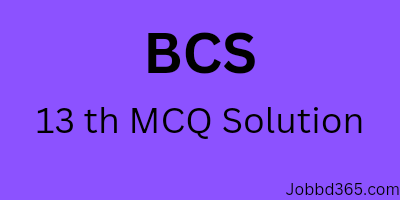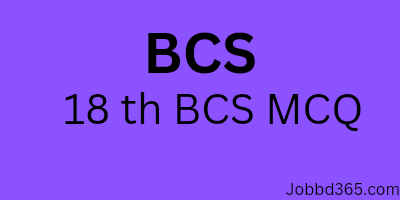How to Choose the Right Life Insurance Policy
Choosing the right life insurance policy depends on your needs, budget, and goals. Understand the types of insurance, calculate your coverage, and consider riders for extra protection. Compare insurers’ claim ratios and benefits before deciding. A well-chosen policy secures your family’s future and gives you peace of mind.
Introduction
Life insurance is one of the most important financial tools you can have. It protects your loved ones financially, ensures peace of mind, and can even help you achieve long-term wealth-building goals. However, with so many plans available, choosing the right life insurance policy can feel overwhelming. This guide will walk you step by step through everything you need to know.
1. Why Life Insurance Matters
-
Provides financial security to your family
-
Pays off outstanding loans and debts
-
Covers children’s education and spouse’s future needs
-
Helps in estate planning and wealth transfer
-
Offers tax-saving benefits in many countries
2. Assess Your Financial Needs
Before buying, consider:
-
Current income and expenses
-
Dependents (spouse, children, parents)
-
Debts (mortgage, loans, credit cards)
-
Future goals (education, marriage, retirement)
3. Different Types of Life Insurance Policies
3.1 Term Life Insurance
-
Pure protection for a fixed period
-
Low premiums, high coverage
-
Best for young earners and families seeking security
3.2 Whole Life Insurance
-
Coverage for your entire lifetime
-
Premiums are higher
-
Includes cash value that grows over time
3.3 Universal Life Insurance
-
Flexible premiums and death benefits
-
Includes investment component
-
Suitable for long-term wealth creation
3.4 Endowment Plans
-
Combines savings and protection
-
Guaranteed maturity payout + life cover
-
Useful for financial discipline
3.5 Unit-Linked Insurance Plans (ULIPs)
-
Mix of insurance and investment in funds
-
Higher risk, higher returns
-
Best for those comfortable with market exposure
4. How Much Coverage Do You Need?
-
Rule of thumb: 10–15 times your annual income
-
Add debts + future goals (education, retirement)
-
Subtract existing savings and investments
5. Consider Policy Riders (Add-Ons)
-
Critical illness rider – Covers major diseases
-
Accidental death rider – Extra payout on accidental death
-
Waiver of premium rider – Waives premiums in case of disability
-
Income benefit rider – Provides monthly income to family
6. Compare Premiums and Affordability
-
Ensure the premium fits your budget long term
-
Don’t buy more coverage than you can maintain
-
Look for policies that balance cost with benefits
7. Check Insurer’s Credibility
-
Claim settlement ratio (CSR) – Higher is better
-
Solvency ratio – Measures financial stability
-
Customer service reviews – Look for responsive support
8. Tax Benefits of Life Insurance
-
Premiums are often tax-deductible
-
Maturity or death benefits may be tax-free (depending on laws)
-
Adds extra value to your financial planning
9. Common Mistakes to Avoid
-
Buying without assessing needs
-
Choosing the cheapest plan without coverage check
-
Not reviewing policies regularly
-
Ignoring riders that could provide vital protection
10. Tips for First-Time Buyers
-
Start with a term life plan for affordable protection
-
Upgrade later if you need savings/investment options
-
Compare at least 3–4 insurers before deciding
-
Seek professional advice if unsure
Conclusion
Choosing the right life insurance policy is not just about picking the cheapest option—it’s about finding a balance between coverage, affordability, and long-term benefits. Whether you need simple protection through term life insurance or want savings with a whole life plan, the key is to match the policy with your personal and family goals.









